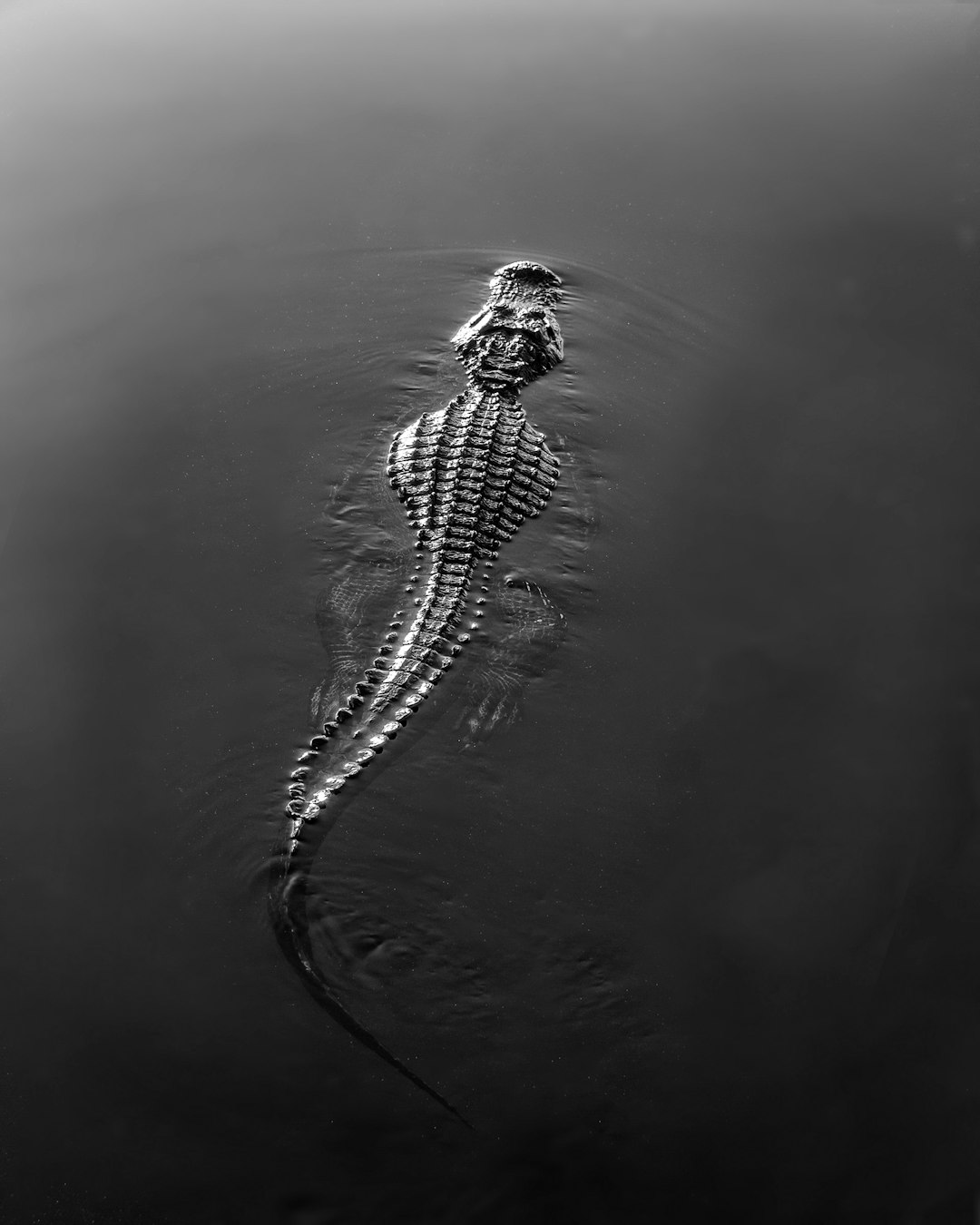Climate change is a growing concern in today’s world, with temperatures rising, ice caps melting, and extreme weather events becoming more frequent. While the focus is often on how these changes are affecting human populations, it is also important to consider the impact of climate change on wildlife populations. The effects of climate change on wildlife are wide-ranging and can have significant consequences for ecosystems and biodiversity.
One of the most direct impacts of climate change on wildlife populations is through changes in habitat. As temperatures rise, habitats are shifting and changing, forcing many species to move to new areas in search of suitable conditions. This can disrupt ecosystems and lead to competition for resources among different species. For example, as polar ice caps melt, polar bears are losing critical habitat for hunting and breeding. Many species are also facing the threat of sea level rise, which can flood coastal habitats and lead to population declines.
Changes in temperature and precipitation patterns can also affect the availability of food sources for wildlife. For some species, this may mean a decrease in food availability, leading to malnutrition and population declines. For others, it may mean a shift in the timing of crucial food sources, such as the migration of prey species or the blooming of plants. This can disrupt the delicate balance of ecosystems and lead to negative impacts on wildlife populations.
Extreme weather events, such as hurricanes, droughts, and wildfires, are becoming more frequent and severe due to climate change. These events can have devastating effects on wildlife populations, destroying habitats, causing mass die-offs, and increasing the risk of extinction for many species. For example, forest fires can destroy large swaths of habitat for animals like koalas, leading to significant declines in their populations. Hurricanes can also cause massive destruction to coastal habitats, affecting species like sea turtles and shorebirds.
Climate change can also impact wildlife populations indirectly through its effects on other species. For example, changes in temperature can alter the range of disease-carrying vectors like mosquitoes, leading to an increased risk of diseases like West Nile virus or Lyme disease in wildlife populations. This can lead to population declines and shifts in species distributions. Additionally, the loss of certain species due to climate change can have cascading effects on ecosystems, disrupting food webs and leading to further declines in wildlife populations.
It is important to note that some species may be able to adapt to changing environmental conditions, while others may not. Species with small ranges, specialized diets, or low reproductive rates may be particularly vulnerable to the effects of climate change. Additionally, species that are already at risk due to factors like habitat loss, pollution, and overexploitation may be further threatened by the impacts of climate change. Conservation efforts must take into account the ways in which climate change is affecting wildlife populations and work to mitigate these impacts.
There are a number of ways in which we can help wildlife populations adapt to and mitigate the impacts of climate change. One important step is to protect and restore critical habitats for vulnerable species. By creating wildlife corridors, protecting wetlands, and implementing sustainable land management practices, we can help species move to new areas as their habitats shift and provide them with the resources they need to survive. Additionally, reducing our carbon footprint through measures like reducing emissions, conserving energy, and supporting renewable energy sources can help mitigate the effects of climate change on wildlife populations.
Education and outreach are also key components of efforts to protect wildlife populations from the impacts of climate change. By raising awareness about the ways in which climate change is affecting wildlife and encouraging individuals to take action, we can help ensure a sustainable future for our planet’s biodiversity. Conservation organizations, government agencies, and the public are all critical partners in these efforts, working together to protect and preserve the natural world for future generations.
In conclusion, the impact of climate change on wildlife populations is a critical issue that requires urgent attention. From changing habitats to disrupted food sources to more frequent extreme weather events, the effects of climate change on wildlife are far-reaching and potentially devastating. By taking action to protect and restore habitats, reduce our carbon footprint, and raise awareness about the importance of conservation, we can help mitigate these impacts and ensure a sustainable future for wildlife populations. It is up to all of us to preserve the richness and diversity of the natural world for generations to come.

